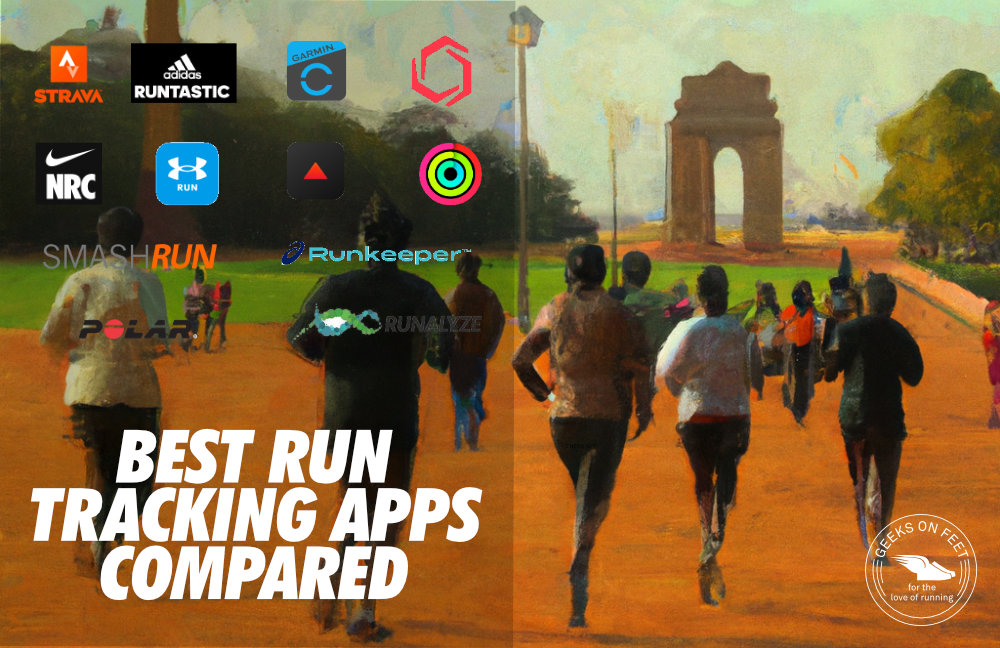Why Keep Track of Unfollowers on Social Media
Monitoring unfollows on social media is crucial for understanding audience engagement, identifying content that doesn’t resonate, and maintaining a strong online presence. When users unfollow an account, it’s an indication that the content being shared is no longer relevant or appealing to them. By keeping track of unfollowers, social media managers and content creators can refine their strategy to better suit their target audience’s preferences. This, in turn, can lead to increased engagement, improved brand reputation, and a stronger online identity. Additionally, identifying trends in unfollows can help creators pinpoint which content types or topics are driving users away, allowing them to adjust their approach to better connect with their audience.
The Difficulty of Manual Unfollower Tracking
When it comes to identifying unfollowers, many social media users attempt to track them manually. However, this process can be incredibly time-consuming and often proves to be ineffective. To start, users must regularly check their follower lists, scrolling through hundreds or even thousands of accounts to identify who has unfollowed them. Not only is this a tedious task, but it’s also prone to human error, making it easy to miss unfollowers. Furthermore, social media platforms do not provide users with notifications when someone unfollows them, making it even more challenging to stay on top of unfollows. Additionally, native insights on social media platforms are limited, providing little to no information on unfollowers. This lack of transparency makes it difficult for users to understand why they are losing followers and how to improve their content strategy. Understandably, social media users may find themselves asking, “How can I see who unfollowed me?” without a clear solution in sight.
How to Use Third-Party Apps to See Who Unfollowed You
Fortunately, there are various third-party apps that can simplify the process of tracking unfollowers, saving time and effort. These apps provide valuable insights into who has stopped following your social media accounts, allowing you to refine your content strategy and improve engagement. Some popular options include Followmeter, Unfollowers, and Followers Tracker. These apps offer a range of features, such as unfollower tracking, follower growth analytics, and content performance insights. By utilizing these apps, users can effortlessly identify and analyze unfollowers, making it easier to understand audience preferences and adjust content accordingly. For instance, users can set up notifications to alert them of new unfollows, filter out spam accounts, and even track follower growth over time. With the help of these apps, social media users can focus on creating high-quality content that resonates with their target audience, ultimately driving engagement and growth.
Tips for Using Unfollower Tracking Apps Effectively
To get the most out of unfollower tracking apps, it’s essential to use them efficiently. Here are some tips to help you do so: Set up notifications to alert you when someone unfollows you, allowing you to respond promptly and make necessary adjustments to your content strategy. Filter out spam accounts and bots to ensure that your unfollower data is accurate and actionable. Analyze your unfollower data regularly to identify patterns and trends in your content’s performance. This will enable you to refine your content strategy and create more engaging content that resonates with your target audience. Additionally, use the insights gained from unfollower tracking apps to identify areas where you can improve your content and adjust your posting schedule accordingly. By using unfollower tracking apps effectively, you can optimize your social media engagement, improve your online presence, and answer the question “how can I see who unfollowed me” with confidence.
What to Do When You Identify Unfollowers
When identifying who unfollowed you, it’s essential to take a step back and assess your social media strategy. Instead of taking it personally, focus on what you can learn from the experience. If you notice a significant number of unfollows after a particular post, it may indicate that your content is not resonating with your audience. This presents an opportunity to reassess your content strategy and adjust your approach to better engage with your followers.
Consider the types of content that led to unfollows and the audience segments that disengaged. This data can help you refine your content strategy and create more engaging content that resonates with your target audience. For instance, if you notice that your Instagram followers are unfollowing you after seeing promotional content, it may indicate that they prefer more organic or educational content.
Another approach is to focus on nurturing relationships with your existing followers. Engagement with your audience can be a powerful way to foster loyalty and build a loyal community. Respond to comments, ask for feedback, and create content that encourages conversation. This will not only retain your existing followers but also attract new ones who are interested in your content.
Moreover, use unfollower data to improve your content strategy. Analyze the types of content that led to unfollows and adjust your approach to create more engaging content. For example, if you notice that your followers are unfollowing you after seeing too much promotional content, consider reducing the frequency of promotional posts or creating more educational content.
Ultimately, tracking unfollows can help you refine your content strategy and create a more engaging experience for your audience. By focusing on creating high-quality content and engaging with your followers, you can build a loyal community that will help drive your social media success.
The Importance of Not Taking Unfollows Personally
Receiving notifications that someone has unfollowed a social media account can be disheartening, especially for individuals who pour their heart and soul into creating content. However, it’s essential to remember that unfollows are a natural part of online engagement, and they don’t necessarily reflect the quality of one’s content. When searching for ways to see who unfollowed me, it’s crucial to maintain a level head and not take the decline in followers personally. One effective approach is to recognize that unfollows are often a result of users refining their social media experience, deleting inactive accounts, or simply reorganizing their online presence. In some cases, people may unintentionally unfollow accounts due to platform glitches or accidental clicks. By adopting a neutral perspective, users can learn to view unfollows as opportunities to reassess their content strategy and refine their online presence.
Moreover, dwelling on unfollows can be counterproductive and lead to feelings of frustration and self-doubt. Instead, focus on cultivating a loyal community of followers who appreciate the content being shared. By prioritizing engagement and interaction with remaining followers, users can strengthen their online presence and build resilience against the inevitable fluctuations in follower numbers. Remember, social media is a constantly evolving landscape, and adaptability is key to long-term success. By adopting a thoughtful and level-headed approach to unfollows, users can optimize their strategy and create a more fulfilling online experience.
Using Unfollower Insights to Improve Your Content Strategy
Analyzing the data from unfollower tracking apps can help social media managers refine their content strategy and create more engaging content that resonates with their target audience. By looking at the types of content that tend to lose followers, content creators can identify patterns and adjust their posting schedule accordingly. For instance, if a particular type of post consistently leads to unfollows, it may be time to reconsider the content’s relevance or adjust its tone. Additionally, content creators can use unfollower insights to understand their audience’s preferences, such as the most engaging content formats, the best posting times, and the most effective hashtags. By leveraging these insights, content creators can optimize their content strategy to minimize unfollows and maximize engagement. Identifying the types of content that tend to attract and retain followers can also be done by looking at the content that doesn’t lead to unfollows. When looking at this data, consider the common characteristics of the content, such as its tone, format, and topic. If a particular type of content consistently performs well, content creators can incorporate more of it into their content strategy. By analyzing unfollower data, content creators can also identify opportunities to create more targeted content. For example, if a specific age range or geographic location tends to unfollow a particular type of content, content creators can adjust their targeting options to better reach their desired audience. While understanding who unfollowed your social media account can be valuable, the real benefit lies in using that information to improve your content strategy. By doing so, you can create a more engaging and effective online presence that resonates with your target audience.
Conclusion: Mastering Social Media Unfollower Tracking
Identifying who unfollowed you on social media is essential in maintaining a strong online presence and understanding audience engagement. By using third-party apps that track unfollowers, individuals and businesses can make informed decisions about their content strategy and improve overall engagement. While manually tracking unfollowers is a time-consuming and challenging process, third-party apps simplify the task, allowing users to focus on creating high-quality content that resonates with their target audience.
When determining how to see who unfollowed you, consider using apps that provide intuitive insights into unfollower data, enabling users to refine their content strategy and adapt to changing audience preferences. Moreover, by leveraging unfollower data, individuals and businesses can reassess their content strategy, engaging with remaining followers and focusing on creating more compelling content that drives audience interaction.
Ultimately, mastering social media unfollower tracking is about embracing change and evolution in online engagement. By using unfollower insights to improve content strategy and focusing on high-quality interactions, individuals and businesses can create a loyal and engaged online following. With the right tools and mindset, tracking unfollowers can become a valuable component of a comprehensive social media strategy, helping to drive engagement and maintain a strong online presence.
While determining how to see who unfollowed you can be a valuable exercise, it’s also essential to maintain a focus on the bigger picture: creating engaging, high-quality content that resonates with your target audience. By combining effective content strategy with the insights gained from unfollower tracking apps, individuals and businesses can create a powerful social media presence that drives results and fosters meaningful engagement.
With the abundance of third-party apps that track unfollowers, making sense of the data is crucial. By analyzing unfollower insights and adjusting content strategies accordingly, social media users can unlock new levels of engagement and understanding with their audience, moving closer to achieving their online goals and maintaining a strong online presence.
When combined with other social media metrics, unfollower insights can provide valuable context into audience preferences and interactions, enabling individuals and businesses to optimize their content strategy for maximum engagement and return on investment. As the social media landscape continues to evolve, mastering unfollower tracking will become an increasingly important skill for anyone seeking to maintain a strong and effective online presence.



